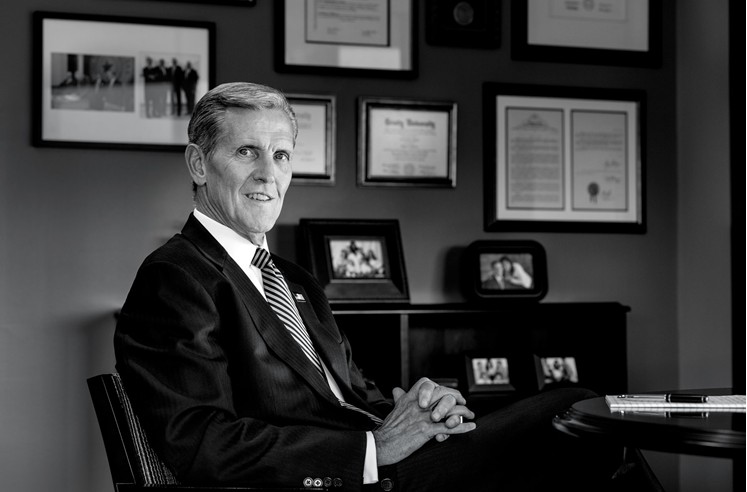Editor’s Note: The impending physician shortage has now bubbled to the surface. And politicians both at the state and federal levels are doing something about it. Texas is facing a broad need, particularly in the wide-open rural counties and in urban sectors where poverty is rampant and infrastructure is lacking. Statewide, there are about 186 physicians for every 100,000 residents, according to the Texas Medical Association. The national average is 236.
But the need is more acute in different sectors of the state. Fifty-seven percent of the state’s practicing physicians operate in the five large urban counties of Bexar, Dallas, Harris, Travis, and Tarrant despite containing just 44 percent of the state’s population. And while 2.2 million Texans (of about 27 million total) call rural communities of 40,000 or less home, these towns contain just 2.5 percent of the state’s physicians.
Part of the shortfall is because of a deficiency in medical residency slots. That can change. And soon. On the state level, legislators this session passed Senate Bill 18 and funneled $300 million into an endowment fund to help pay for more residencies inside the state. At the congressional level, the Resident Physician Shortage Reduction Act of 2015 provides similar assistance with a national scope.
In the coming weeks, D Healthcare Daily will be asking executives at some of the major regional health centers to reflect on the potential impact these measures could have on the state’s physician shortage. First up, Joel Allison, CEO of Baylor Scott & White Health, the largest nonprofit health system in the state of Texas.

Allison’s editorial is below:
Ever been waiting to board an airplane when the attendant announces that the flight is oversold, meaning that more passengers showed up than there were seats? Well that’s one way to see healthcare today. While we often focus on increasing the number of insured Americans, we can’t forget that insurance does not equal access.
In nearly half of Texas’ counties today, there are already as few as one primary care physician for every 3,000 residents. And a study completed by the Association of American Medical Colleges (AAMC) in March 2015 found that in 10 years, we could be short as many as 90,000 physicians nationwide.
The proposed Resident Physician Shortage Reduction Act of 2015 is designed to lessen the physician deficit by providing federal funding to increase the number of national medical resident slots by 3,000 each year between 2017 and 2021. Hospitals in states like Texas with new medical schools and exponential population growth will be first on the receiving end of this funding if passed. And its passage could help institutions like Baylor Scott & White Health work to train hundreds more.
We at Baylor Scott & White have had a long history of offering graduate medical education. Our primary teaching hospitals in Dallas and Temple today train more than 700 residents and fellows, and more than 200 third- and fourth-year medical students each year. In July, we plan to launch two new fellowships in pulmonary critical care and advanced heart failure and cardiac transplantation, as well as a new orthopedic residency at Baylor University Medical Center. This is the first time our orthopedic residency program is being reinstated since it was originally established in the early 1900s.
Today, in this state, we export future physicians. It’s estimated there are more than 450 graduating medical students in a five-year period who will not be able to find an open residency slot. After a $150,000 investment has been made in educating these medical students, they leave Texas for a residency program somewhere else. And we know most eventually build a practice within 100 miles of their residency. This has to change. This is our opportunity. Knowing it takes five to 10 years to train a physician, we need to act now.




